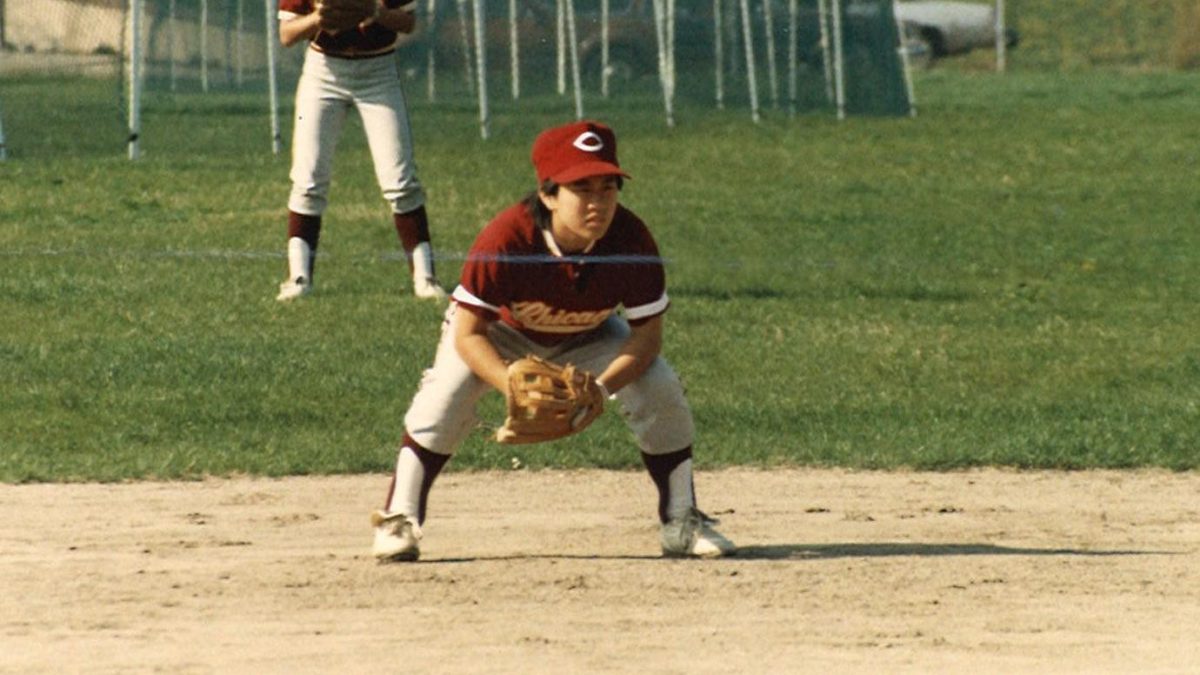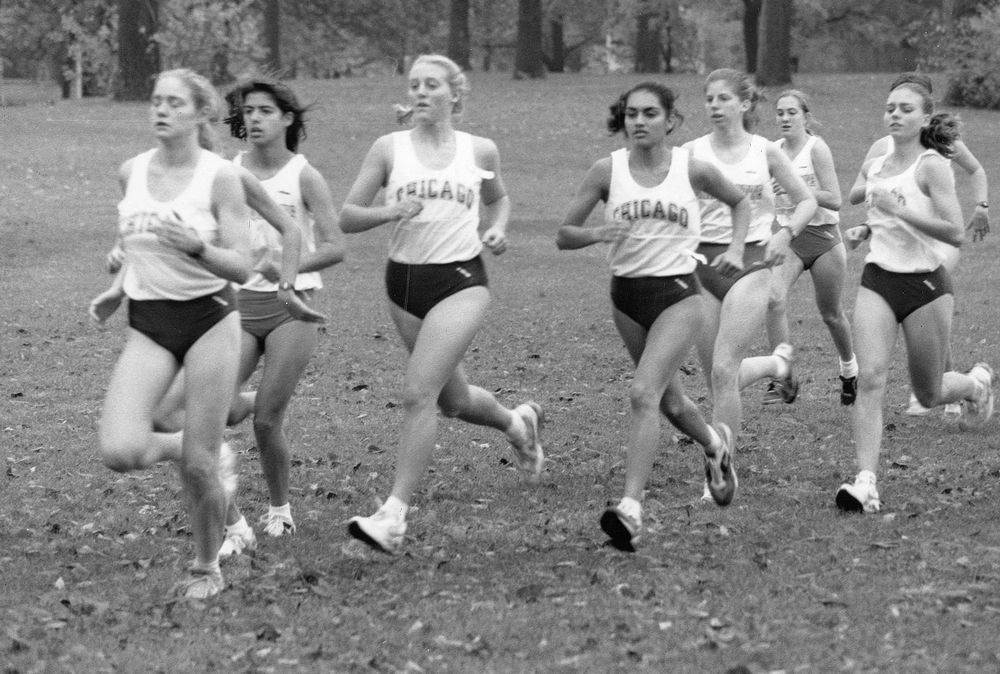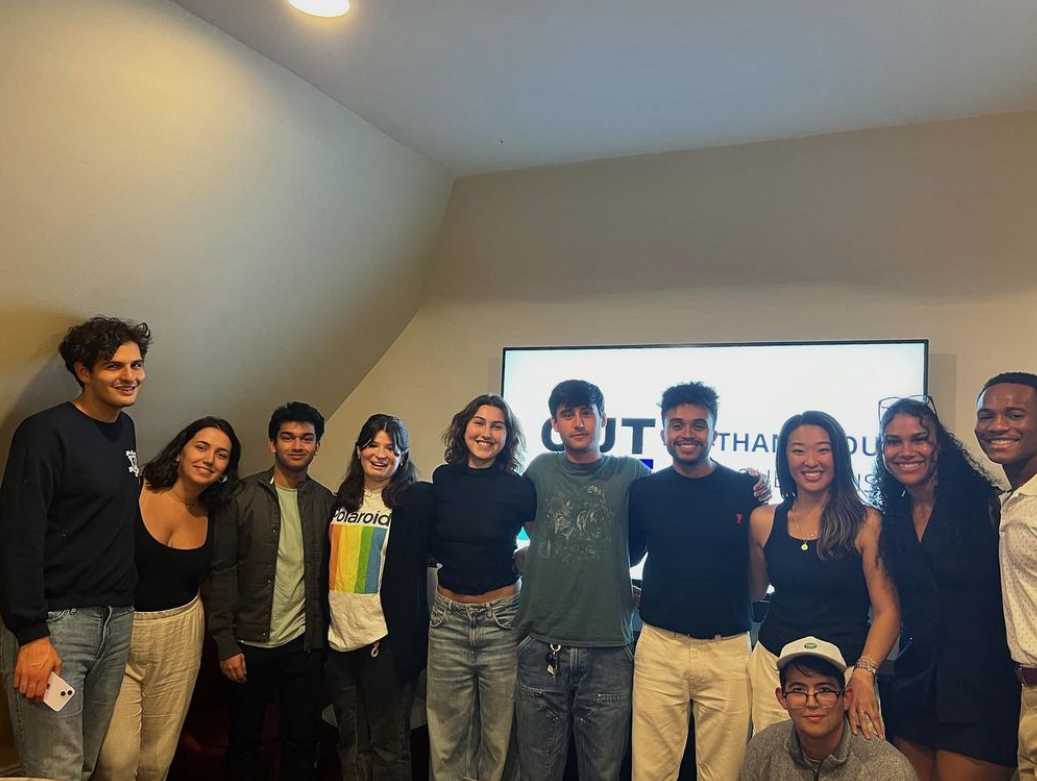September 23, 2021. Cleveland, Ohio. The Chicago White Sox have just lost the second game of a doubleheader against their division rival Cleveland Indians, but remain on the field late into the night, celebrating as though they’ve just won the World Series. Those who aren’t aware of the context behind the celebrations might be confused why they are happening. Didn’t they just lose? What they do not know is that this is a historic day for the Southsiders; despite the loss, they have just secured their first American League Central division title in 13 years.
The widest smile of that September night beamed across the face of perennial All-Star and 2020 American League MVP first baseman José Abreu, who has suffered in the purgatory of mediocre White Sox teams since arriving from Cuba in 2013. Abreu’s feelings of relief and happiness were mirrored on the faces of loyal White Sox fans across the country.
It is that feeling of optimism and hope that the White Sox must carry into 2022, despite the disappointing end to this season.
Getting dominated by the Houston Astros is possibly the worst way the season could have ended. But those same Astros are now heading to their third World Series in five years, and the White Sox are a relatively young team whose playoff experience simply did not hold up against battle-hardened Astros. Letting that loss loom over our heads as fans will not result in anything positive. Instead, let’s look back at the positives of this season and how the team can get closer to competing for a pennant and a World Series ring in 2022.
The largest positive on the Chicago White Sox in 2021 was their starting pitching. Lance Lynn, Carlos Rodón, Lucas Giolito and Dylan Cease were all excellent, posting earned run averages of under four. Rodón and Lynn ultimately posted ERAs under three; they were debatably the two best starters in the American League. Cease had a breakout year, finishing top 10 in strikeouts in the MLB. Although Giolito, who was regarded as the ace of the rotation coming into the year, was disappointing in the first half of the season, he excelled after the All-Star break, finishing the second half with a miserly ERA of 2.65. The sole disappointment in the rotation was former Cy Young winner Dallas Keuchel, who had both the highest ERA and walks and hits per inning pitched (WHIP) amongst starting pitchers in the American League and was ultimately left off of the playoff roster in place of relievers Reynaldo López and Ryan Burr.
Lynn, who signed a two-year contract extension during the season, will return to the Sox in 2022. So will Giolito and Cease, although Rodón is heading into free agency with an asking price that is unlikely to be matched by the White Sox. The team should look to dump Keuchel’s $18.5 million salary in 2022 by trading him along with a mid-level prospect, and with Michael Kopech likely moving into the starting rotation next year, General Manager Rick Hahn should look to sign a left-handed starter in free agency; someone like Alex Wood or Wade Miley would fit the role nicely.
Chicago’s relief pitching can be characterized largely as inconsistent. Closer Liam Hendriks, who was signed to a 3-year $54 million contract in the 2021 offseason, was outstanding; he was named to the All-Star team with a 113/7 strikeout-to-walk ratio, a 2.54 ERA, and a 0.73 WHIP. Reynaldo López, who returned from injury, and midseason acquisition Ryan Tepera were also largely impressive, but apart from them, no one really stood out. Garrett Crochet, Michael Kopech, and Ryan Burr showed flashes of their ability while struggling with consistency, and Aaron Bummer and José Ruiz were average at best.
The largest disappointment of the lot was future Hall-of-Fame closer Craig Kimbrel, who was acquired from the Chicago Cubs at the trade deadline in exchange for Nick Madrigal and Codi Heuer. Kimbrel was outstanding for the Cubs, with 23 saves and just 2 earned runs in over 35 innings of action. It was expected that with Kimbrel and Hendriks, the White Sox would have one of the most lethal bullpen combinations in league history, and essentially make games seven innings long for their opponents in the postseason. However, Kimbrel regressed unimaginably, converting just one of his four save opportunities and giving up 13 earned runs in 23 innings in the second half of the season. A part of the blame for his performance must go to manager Tony La Russa, who never seemed to figure out how to handle having the two best closers in the game in his bullpen. Still, that does not and cannot excuse Kimbrel’s dismal performance. Rick Hahn has made a plethora of franchise-altering moves in his reign as general manager of the White Sox, but this one must go down as a miss. Kimbrel will likely be traded in the offseason, and, with Kopech probably moving into the starting rotation, Ryan Tepera must be re-signed before he hits free agency and another reliable reliever or two must be added to bolster the bullpen.
On the offensive side, the White Sox had quite the tumultuous season in 2021. Outfielders Eloy Jiménez and Luis Robert, and catcher Yasmani Grandal, who are all arguably amongst the best players in the MLB at their respective positions, missed a large chunk of the season due to injuries. However, while healthy, Robert and Grandal were both outstanding and were No. 1 and No. 2 respectively in OPS for the team. Jiménez was largely a letdown in 2021, but it doesn’t feel like his struggles will last for long with the talent he has shown in the majors. Shortstop Tim Anderson, the team captain and heart and soul of the Sox, had another excellent offensive season; he hit for a batting average of above .300 while slugging 17 home runs and stealing 18 bases.
In contrast, José Abreu was not quite able to live up to his MVP-winning season, but still led the team in home runs with 30 and was one of the best run producers in the league, with 117 runs batted in. After losing Madrigal temporarily to injury and then permanently in the Kimbrel trade, the White Sox traded for César Hernández, a player for the Cleveland Indians who had been having an impressive power-hitting season. However, Hernandez was very disappointing for the White Sox; he hit just three home runs and seven extra-base hits in his 194 at-bats for Chicago. The final pieces of the lineup were rookies Andrew Vaughn and Gavin Sheets, each of whom filled in at right field, first base, and designated hitter over the course of the season. While Vaughn impressed at the start of the season and waned towards the end, Sheets was highly impressive throughout, with 11 home runs in just 54 games, highlighted by his walk-off long ball against the Minnesota Twins on July 18. Looking forward, the White Sox have Anderson, Robert, Jiménez, third baseman Yoán Moncada, Vaughn, and Sheets all under team control for at least three more seasons. The only major holes on the team lie at second base and in right field. The team should look to pursue a left-handed hitter at one of the two positions as their first priority, as neither right fielder Brian Goodwin nor Hernandez were reliable this season. Michael Conforto would be my first choice to play in the outfield. In an ideal world, either Marcus Semien or Chris Taylor would be accompanying Tim Anderson in the infield in 2022, but it is highly unlikely that the White Sox are able to fulfill both of their needs to this extent on a long-term basis.
As Hahn, La Russa, and team owner Jerry Reinsdorf look forward to 2022, they must be both ambitious and ruthless. They have shown signs of both of these characteristics, spending more in free agency in the last couple of years than they have at any point in their history, but if the Chicago White Sox are seriously contending for a World Series, that trend must continue. This franchise is set up for long-term success, but in an improving Central division and an American League consisting of highly capable outfits, there is no room for complacency. A critical offseason awaits.









